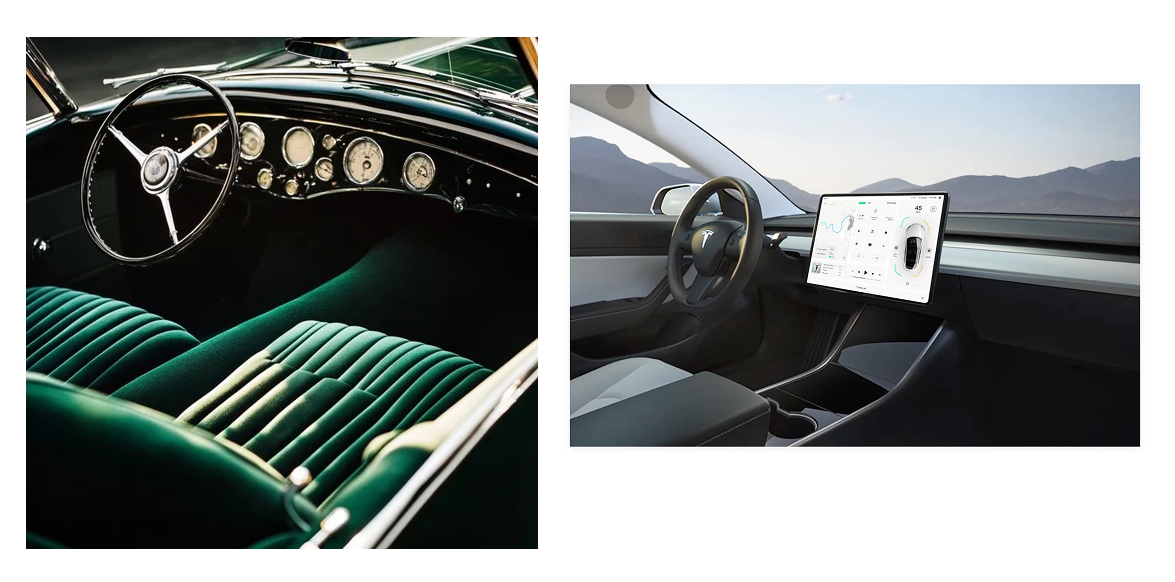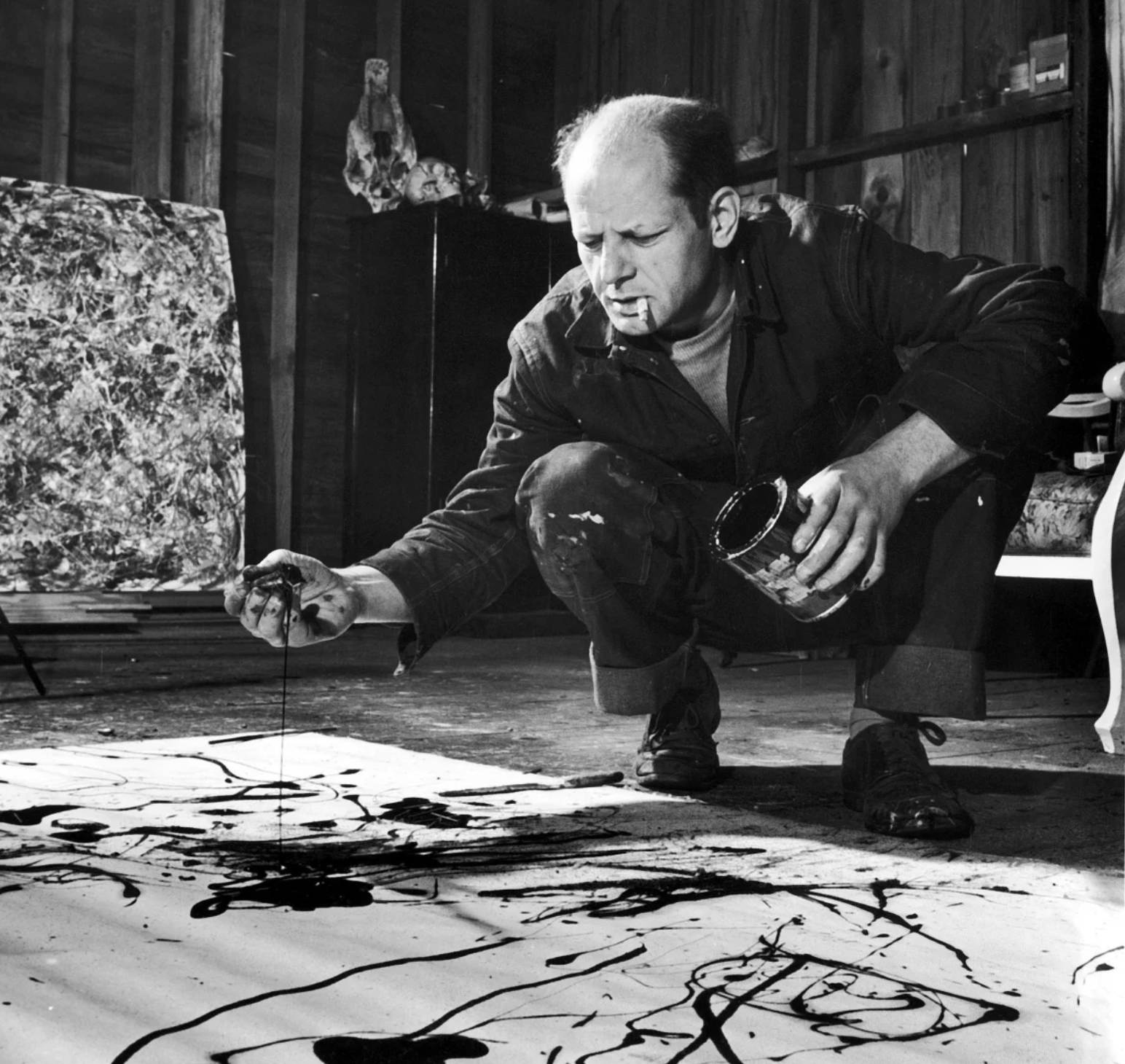Designed for algorithms, not for humans.
The Algorithm Ate my homework
When did everything become so ugly?
Designed for algorithms, not for humans.
It's everywhere now: stadiums shaped like Wi-Fi routers, jerseys that look like Excel threw up on polyester, video games, apps, phones, buildings, logos — all the same sterile, forgettable sludge.
What passes for minimal these days is just design-by-committee cowardice. No taste. No courage. No soul.
The Great Flattening
Remember when things had character? When a Tesla dashboard didn't look like a computer monitor bolted to a car? When soccer jerseys had personality instead of looking like they were generated by a neural network trained on business casual shirts?
We've traded craftsmanship for conversion rates. Every design decision now flows through the same algorithmic sieve: Will this A/B test well? Does it optimize for engagement? Can machine learning parse it?
The result is a world where everything looks like everything else. Buildings that could be anywhere. Logos that could be anyone's. Interfaces that feel like they were designed by the same person — because in a way, they were. That person is an algorithm.
The Motorola Moment
Look at those old Motorola flip phones. Ridiculous? Maybe. But they had intention. Someone sat down and said, "Let's make this thing look like it belongs in the future." They weren't worried about whether it would perform well in Google image search or whether the curves would confuse a recommendation system.
The RAZR was designed for human hands, human pockets, human desire. Today's phones are designed for algorithms to recognize, cameras to photograph cleanly, and supply chains to manufacture cheaply.
When Data Became King
Somewhere along the way, we decided that data trumps intuition. That metrics matter more than meaning. That if something can't be measured, it doesn't exist.
Design-by-algorithm gives us the aesthetic equivalent of processed food: technically optimized, nutritionally void, and completely forgettable. Everything becomes a variation on the same theme because the algorithm rewards conformity, not creativity.
The old guard of design — the ones who understood that good design was about solving human problems elegantly — have been replaced by growth hackers who think aesthetics are just another variable to optimize.
The Sterile Revolution
We're living through the great sterilization of visual culture. Every rough edge has been smoothed away. Every distinctive voice has been auto-tuned into algorithmic harmony.
Look at the contrast between St. Paul's Cathedral and The Shard. One was designed by humans, for humans, to inspire awe. The other was designed by computers, for efficiency, to maximize square footage. Both serve their purpose, but only one has a soul.
The same pattern repeats everywhere: NBA jerseys that look like they were designed by someone who's never seen basketball, apps that feel like they were assembled from the same UI kit, architecture that could exist in any city on earth.
The Human Cost
When we optimize for algorithms instead of humans, we lose something essential: the messy, imperfect, gloriously human element that makes design memorable. We get efficiency, but we lose poetry.
The algorithm may have eaten design, but it doesn't have to digest it.




